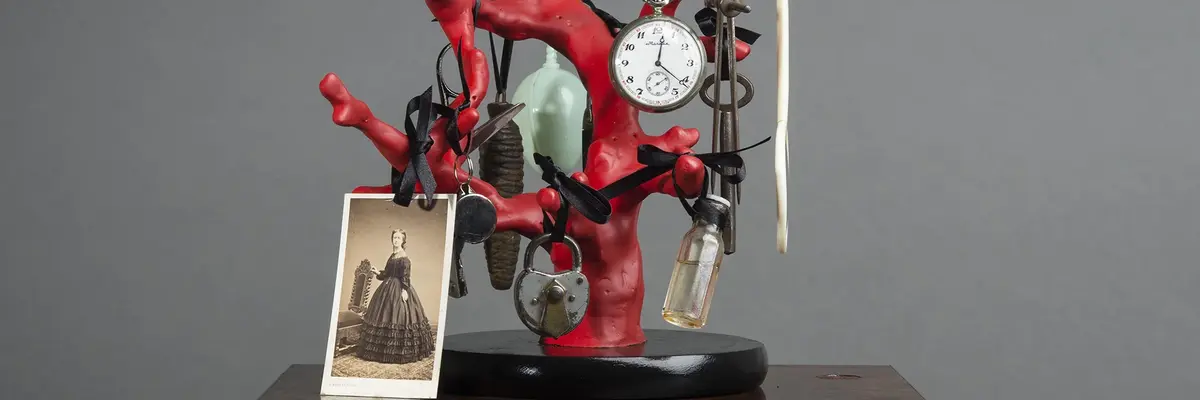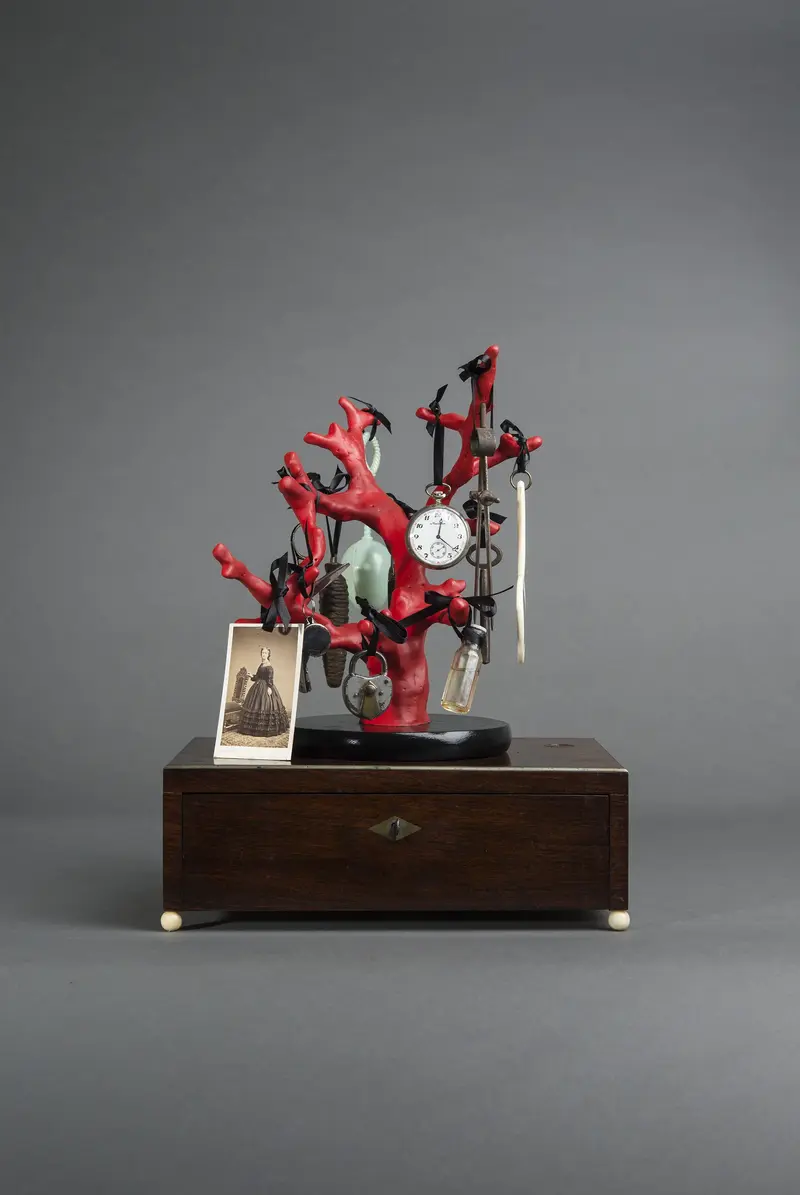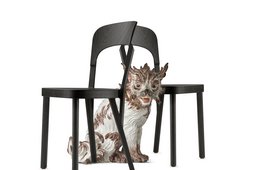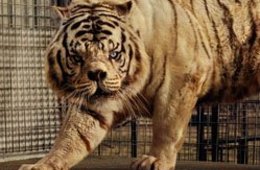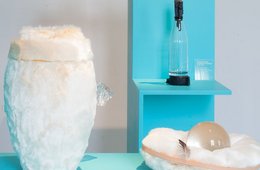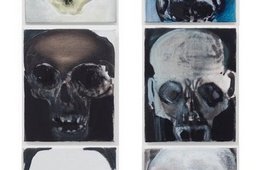text4
Oktogon
A temporary pinacotheca for these works will be set up in the Academy’s Octagon. Interest will focus on the multifarious artefacts used for teaching art – plaster casts, glass slides, pigments and X‐rays, for example. The highlights among these educational aids are the unique anatomical models and preserved specimens of human and animal origin. Mark Dion has made this collection and its ideological implications the focus of his project and will be inviting discussion about these models, which in the past have not all been accessible to the public. With his interdisciplinary approach, the artist exposes the stories behind such exhibits, but also the losses incurred by wars or teaching reforms.
Grünes Gewölbe
Two satellites to this project will pursue their own, different approaches to museum objects and the histories and orders attached to them. For the Historical and New Green Vault – Dresden’s spectacular treasure chamber reopened only a few years ago – Dion revives the notion of the cabinet of curiosities. New objects appear among the historical staging of the permanent palatial display. With these New Curiosities for the Green Vault, the things of everyday life take their place within the princely cabinet of curiosities, prompting us to ask whether wonder and amazement are appropriate categories anymore as we reflect upon the material culture of an industrialised world.
Albertinum
At the Albertinum, the home of the Gallery of New Masters and the Sculpture Collection, Mark Dion has created a Wild Animal Salon, a stock‐taking exercise which takes note of the collection’s paintings of wild animals from the Early Modern period until the 20th century. Through his practice, the artist maintains a running commentary on the 19th century and the way it ordered things. By selecting these he questions the way museums formulate categories,making it clear that the relationship between humans and animals, between culture and nature – environmental issues, one might say – has always been subject to negotiation in curatorial and artistic practice.
